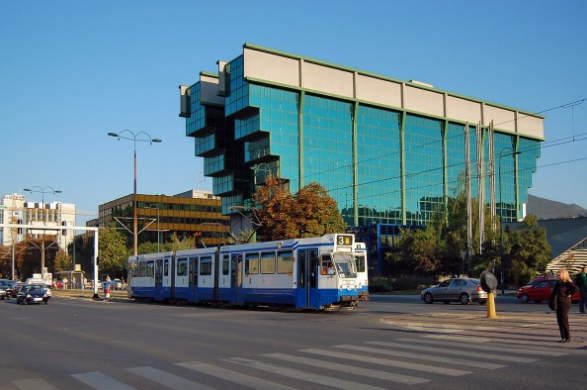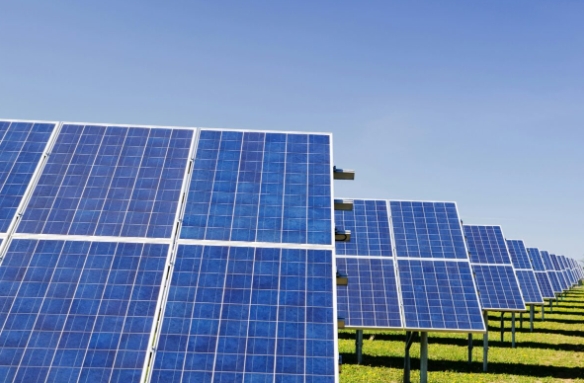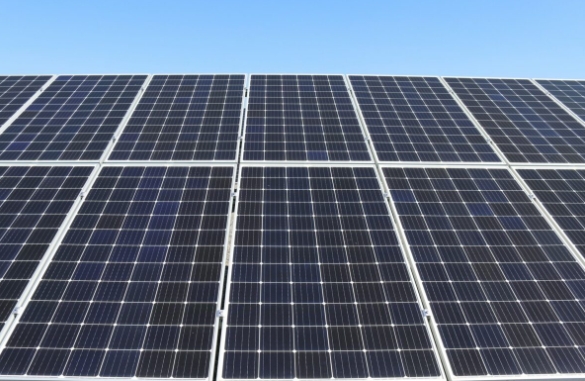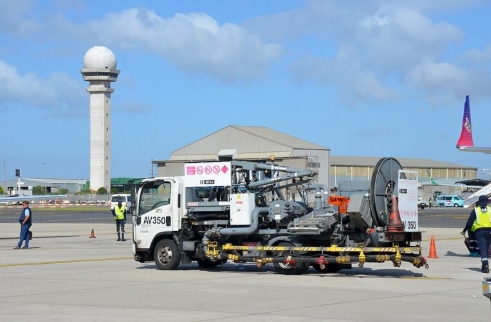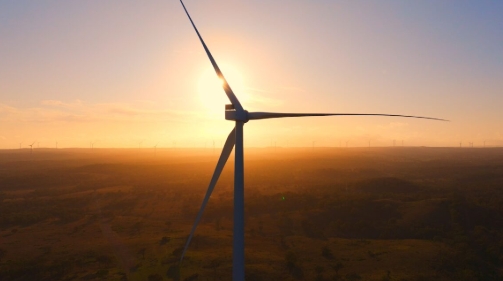The Covid-19 virus is a human tragedy for many who have been affected by it and it’s having a profound impact on the lives of a large part of the Chinese population. The impact on the rest of the world of the disease’s dislocation of the Chinese economy is yet to be fully felt. Forecasts of only a modest impact on oil demand worldwide are far too optimistic.
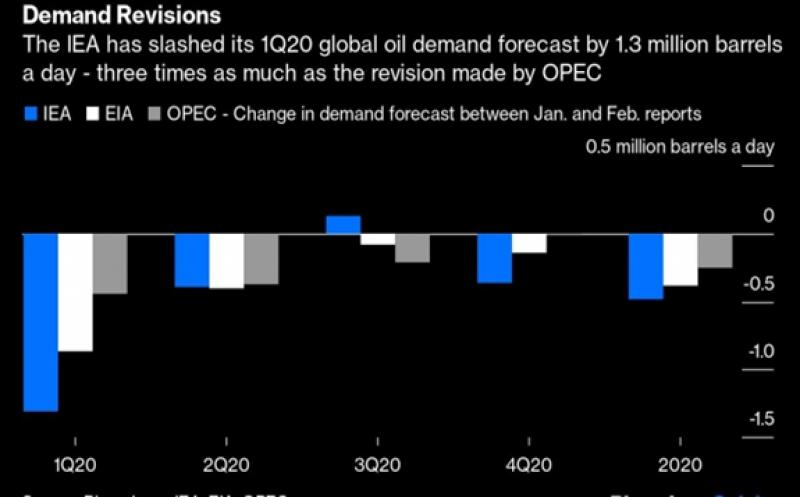
A comparison of the latest forecasts from the world’s three big oil agencies — the International Energy Agency, the U.S. Energy Information Administration and the Organization of Petroleum Exporting Countries — highlights the huge uncertainty that exists over the virus’s repercussions for oil demand. As may be expected for a body representing oil producers, OPEC sees the impact as minimal, having just cut its first-quarter forecast for global oil demand by only 400,000 barrels a day. That looks like wishful thinking. The IEA’s revision is three times as big, and if its forecast bears out, it’s deep enough to tip the world into its first year-on-year drop in demand in more than a decade.
China’s own oil consumption is down sharply as factories stay closed and travel restrictions remain in place even after the extended Lunar New Year holiday comes to an end. Congestion on roads in major cities is far below normal levels. The chart below shows journey times in Shanghai, and other Chinese cities mirror that pattern. My colleagues at BloombergNEF estimate that China’s jet fuel use is now down by 240,000 barrels a day from pre-virus levels, with departures from Chinese airports down by around 80%.
Pollution statistics also capture the slowdown in economic activity and fuel use — something that under different circumstances might be reason to celebrate. China’s nitrogen dioxide emissions fell 36% in the week after the holiday from the same period a year earlier, according to the Centre for Research on Energy and Clean Air. A slowdown of 25%-50% across industrial sectors such as oil refining, coal-fired power generation and steel production contributed to the drop, according to the independent research organization.
However, even as the Covid-19 virus hits consumption, the number of very large crude carriers hauling cargoes to China has risen. That’s because independent refiners are taking advantage of the drop in crude prices to fill their storage tanks with cheap cargoes, even as they cut run rates. That’s to some extent cushioning producers now. But those stockpiles will hit future demand for crude from China’s teapot refineries, even after the immediate effect of the virus dissipates.
At the same time, the Chinese government is in the process of building and filling a strategic stockpile similar to the U.S. Strategic Petroleum Reserve, as it becomes ever more dependent on imported supplies. It may also be using the price drop to boost purchases for long-term storage, raising the risk that it will cut them again as prices recover, crimping demand for imported oil in the future. By contrast, China’s state-owned processors are seeking to reduce the volumes supplied under term contracts.
Even with reduced refinery runs, China is producing more fuel than it needs. Exports of gasoline and diesel have soared, according to shipping intelligence firm Vortexa. But they aren’t finding ready buyers. Most of these additional fuel exports are ending up in storage tanks in Singapore amid subdued regional demand.
That brings us back to concerns over just how bad the reverberations from Covid-19 will be. The China of 2020 is very different to that of 2003, and so today’s epidemic is likely to have a much bigger international impact than the SARS virus to which it is most often compared. For a start, China’s oil consumption now is more than twice what it was when SARS hit and last year the country accounted for more than three-quarters of the growth in global oil demand, according to the IEA.
In the past 17 years, China has also become much more closely linked to the rest of the world economy. Chinese travelers accounted for about 20% of total spending on tourism in 2018, according to the United Nations World Tourism Organization, while China itself was the fourth most popular destination. The virus will effect both of those figures in 2020.
The country has also become the center for producing and exporting both finished goods and components. “All the signs are that there has been a major dislocation in global supply chains,” according to Caroline Bain, chief commodities economist at Capital Economics. For some products, “it’s only going to get worse in February data.”
Lack of parts from China has already forced Hyundai Motor Co. and Kia Motors to halt some car production temporarily in South Korea, while Fiat Chrysler Automobiles NV plans to do the same in Serbia. Just-in-time supply chains are starting to show their fragility. There will be more to come as shipments from Chinese ports continue to suffer delays. South Korea’s government says economic impact from the virus is “unavoidable.” The impact won’t stop at South Korea.
In that light, OPEC’s forecast that global oil demand will be cut by just 440,000 barrels a day in the first quarter and by 230,000 barrels a day over the year as a whole looks like wishful thinking on the part of producers. It is doing them no favors, though. A delay in reducing supplies will only make the cuts needed later even deeper.
